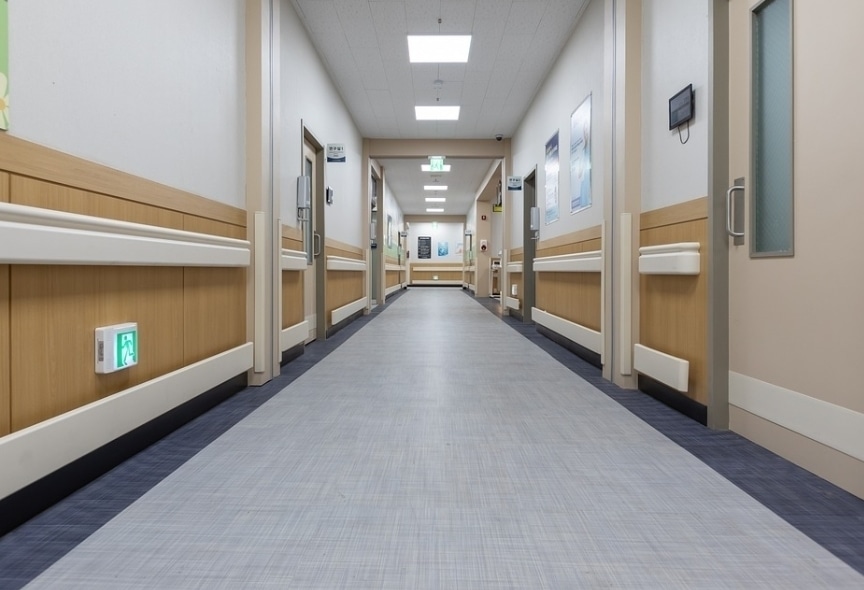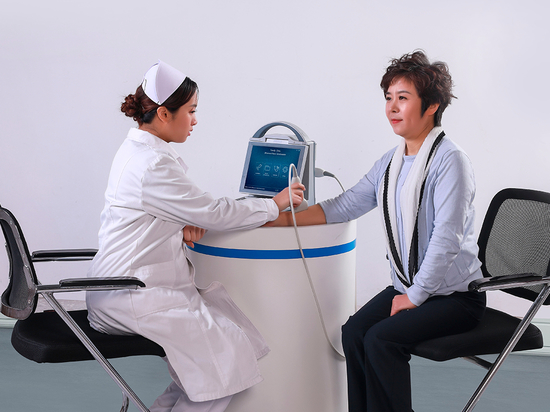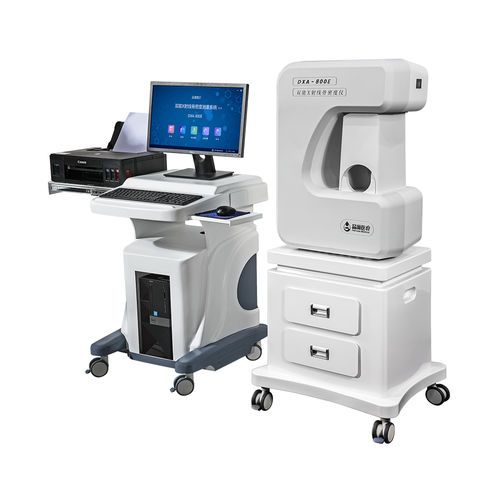
#Industry News
Read about bone density: a key indicator of bone health
Bones support the body and are involved in a variety of physiological functions, and bone density is a key measure of bone health.
In the pursuit of health, bone health cannot be ignored. Bones support the body and are involved in a variety of physiological functions, and bone density is a key measure of bone health. Here's how to learn about bone mineral density and bone mineral density testing.
1. What is bone density
Bone mineral density, or bone mineral density, reflects the content of bone minerals such as calcium and phosphorus per unit volume. The higher the bone density, the harder and stronger the bones, whereas the bones are weak and prone to fracture.
In children and adolescents, bone mineral density continues to rise, reaching a peak at about 30 years old, and then with the increase of age, osteoclast activity is enhanced, osteoblast activity is weakened, and bone mineral density gradually decreases.
2.why do bone mineral density tests
Bone density testing can help us detect bone problems in time:
Early ethmoid osteoporosis: osteoporosis is asymptomatic in the early stage, and bone mineral density can be detected as soon as possible through bone mineral density detection, so as to take preventive measures.
Prediction of fracture risk: Bone mineral density is associated with fracture risk, and testing can assess fracture risk and provide evidence for prevention, which can be prevented in advance in high-risk populations.
Guide treatment and monitor efficacy: After the diagnosis of bone disease, bone density testing can help doctors understand the condition and make plans. Regular testing during treatment can evaluate the efficacy of drugs and adjust the plan.
3.who need to do bone density testing
Women over 65 years of age and men over 70 years of age: age increases, bone density decreases, and fracture risk increases, requiring regular testing.
Postmenopausal women: Estrogen decreases after menopause, bone density decreases rapidly, and it is recommended to detect within 1-2 years of menopause.
People with a history of fragility fractures: fragility fractures have occurred, indicating that there is a bone problem, which should be tested and evaluated.
People suffering from diseases affecting bone metabolism: such as hyperparathyroidism, rheumatoid arthritis, etc., will affect bone metabolism, and need to be tested regularly.
Long-term use of drugs that affect bone metabolism: Drugs such as glucocorticoids will interfere with bone metabolism, and need to be regularly detected and prevented.
4. What are the methods of bone density detection
Dual energy X-ray absorption method (DXA) : the internationally recognized "gold standard", using X-ray scanning bones, measuring the degree of X-ray absorption in different parts to calculate bone density, high accuracy, good repeatability, low radiation, can measure the whole body or specific parts.
Quantitative computed tomography (QCT) : Using CT to measure bone bulk density to evaluate bone density, it can accurately measure cancellous bone and cortical bone density, and is sensitive to the early diagnosis of osteoporosis, but it is high radiation and expensive, so routine screening is generally not done.
Ultrasonic bone mineral density test: Bone mineral density is evaluated by ultrasonic propagation speed and attenuation degree. It is simple, radiation-free and low-cost, which is suitable for mass screening, especially for pregnant women and children. However, the accuracy is low and osteoporosis cannot be diagnosed.
5. How to interpret the bone mineral density test results
The test results are represented by T values and Z values:
T-value: Compared with the peak bone value of healthy adults of the same sex and race, the normal bone value is between -1 and + 1, -1 to -2.5 indicates bone mass loss, and less than -2.5 indicates osteoporosis.
Z-value: Compared with the population of the same age, gender and race, mainly used for children, adolescents and special populations, the normal value is between ±2, less than -2 indicates that bone mineral density is lower than that of the same age, the reason needs to be found.
6. how to maintain bone health
Reasonable diet: take more calcium-containing foods such as milk and soy products, supplement vitamin D, and get more sun exposure or through food and supplements.
Moderate exercise: At least 150 minutes per week of moderate-intensity aerobic activity, such as brisk walking, combined with strength training.
Smoking cessation and alcohol restriction: reduce the adverse effects on bone metabolism.
Prevent falls: Keep your environment clean and well-lit, wear appropriate shoes, and avoid slippery surfaces to reduce the risk of fractures.
Bone mineral density is an important indicator of bone health, and bone mineral density detection can detect problems early. Learn what you need to know and take effective steps to build stronger bones and healthier lives.






